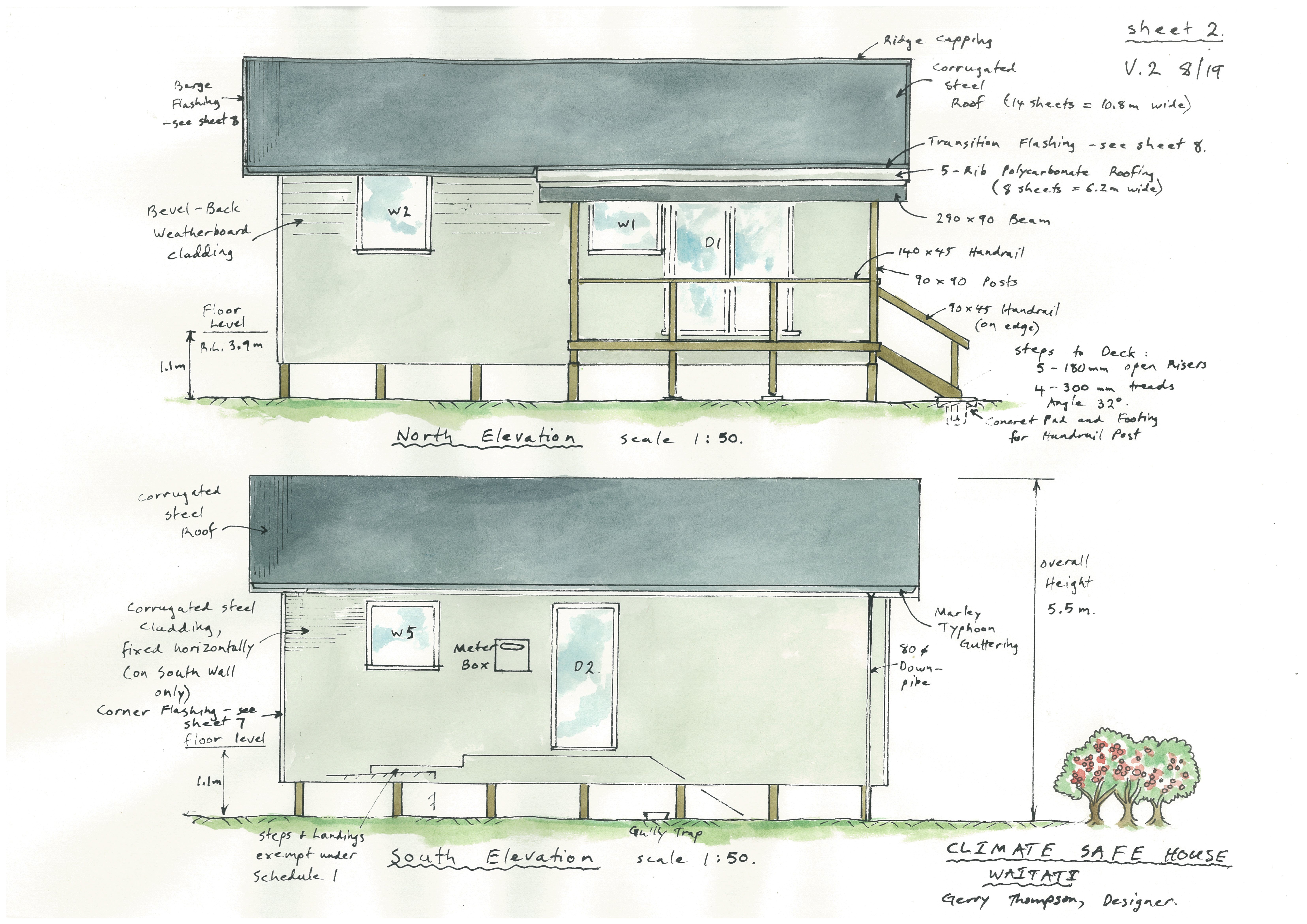What to do about the constant threat - and reality - of flooded homes in coastal communities
Her house reduced to little more than a storage shed, Cushla McCarthy is living New Zealand's flood-prone future. Stuff's Nikki Macdonald examines the design strategies for minimising the number of people as badly affected as McCarthy.
BUILDING RESILIENCE
When Cushla McCarthy stepped on to what used to be her veranda, there was only water. The boards had upped and floated away.
She was supposed to have evacuated already, but she'd been so busy rescuing precious possessions, she hadn't noticed the flood licking at her door.
Last time, the water came at a slow creep. But this time, she struggled to stand as the flow pushed against her gumboots. Last time, she was insured.
Two years on from the July 2017 floods that swept the Dunedin coastal suburb of Waitati, 60-year-old McCarthy is living in her garage. It's a step up from the unheated bus where she spent the past two winters.
"I was absolutely freezing ... Getting dripped on at 3 o'clock in the morning is not pleasant."
This is what New Zealand's flood-prone future looks like.
So came the Blueskin Resilient Communities Trust. In a "chaotic but creative" process they designed a "climate safe" house. It's a 60sqm modular box made from structural insulated panels that can be raised on high piles and relocated if necessary. The modules can be connected, for a larger 120sqm or 180sqm footprint.
The prototype is being built with the goodwill of sponsors, but Willis has costed the model at $160,000 for the bare bones, or $220,000 with deck and solar panels.
It will be built at Dunedin's home show in October, then trucked to McCarthy's place in November. The trust is leasing her property for a peppercorn rental, then renting the house back to her for a low fee. Willis hopes the house will become a prototype to help some of the thousands of Kiwis vulnerable to increased coastal flooding and sea-level rise.

Another option is raising existing houses above flood levels. Christchurch company Smith Crane and Construction built a jack to lift houses to replace damaged concrete floors after the Christchurch earthquakes. Managing director Tim Smith says the same system could be used to lift houses on high piles or poles. The cost would depend on the house type.
But building more flood-resilient houses gets you only so far – communities need roads and water and sewerage, none of which can be easily raised out of the danger zone. Some councils now require new houses in potential coastal hazard zones to be relocatable. But that still leaves the question of what happens to the land – and who pays for relocation.

Adapting houses to climate change-induced temperature extremes should be easier. BRANZ senior building environment scientist Roman Jaques says in most of New Zealand, good house design should be able to cut energy use for heating and cooling to a bare minimum. Shape, window size, orientation and building materials can all reduce temperature fluctuation.
BRANZ is also encouraging building designers to factor carbon footprints into building design, from the environmental cost of building materials and construction to energy needs over 90 years of use.
Principal sustainability scientist David Dowdell says energy is currently a house's biggest environmental cost, and breaks down roughly to ⅓ for heating, ⅓ for hot water and ⅓ for appliances. A tool already available for commercial buildings, called LCA Quick, will from next week allow designers to also calculate the climate change impact of houses.
Read the full article on stuff.co.nz here

